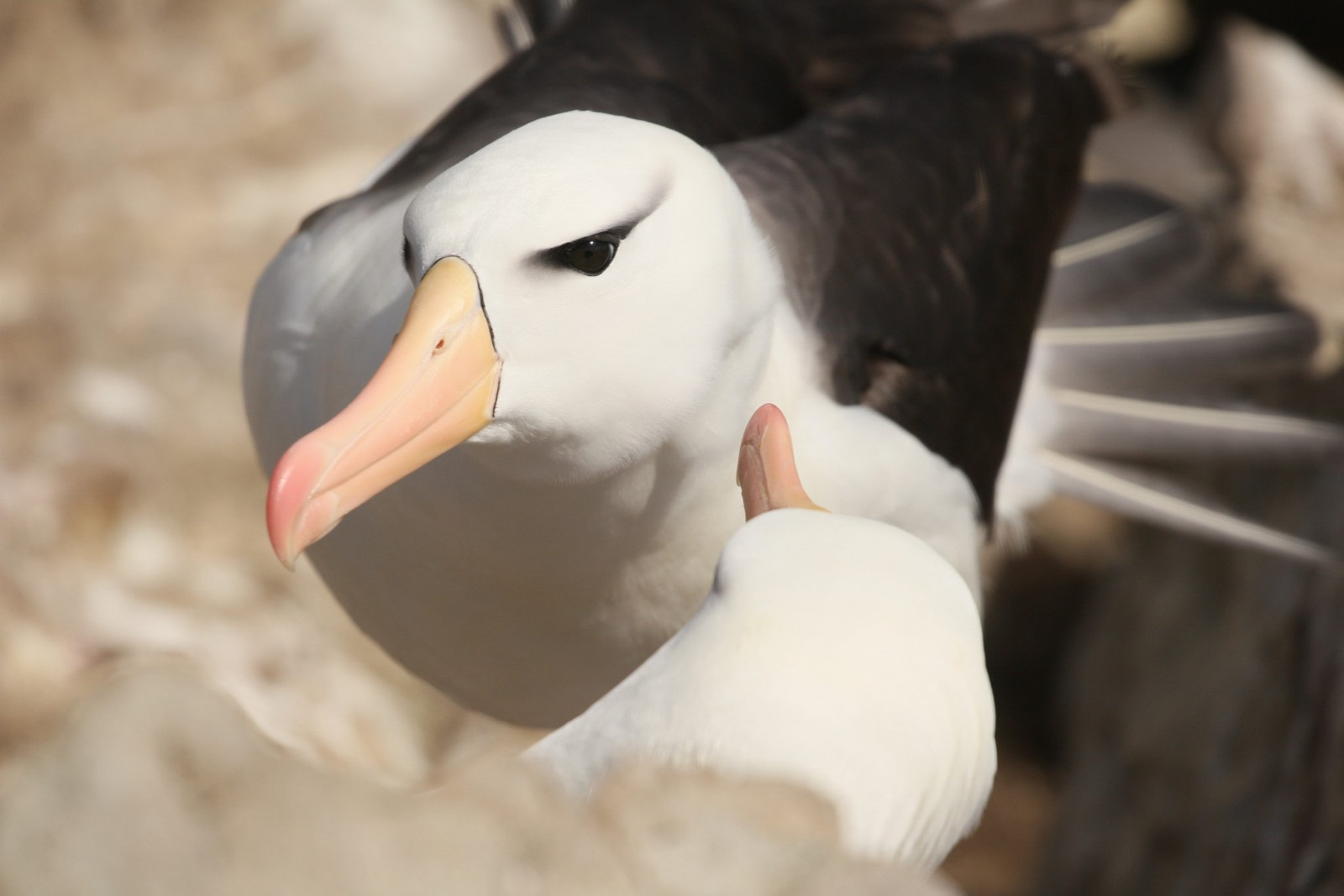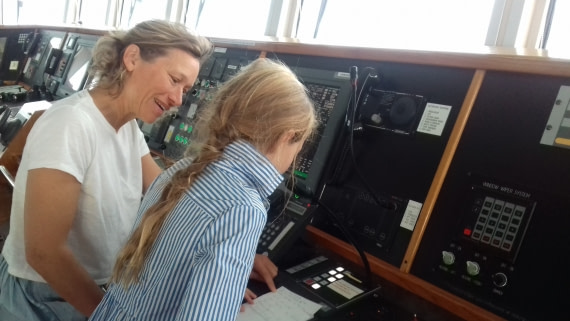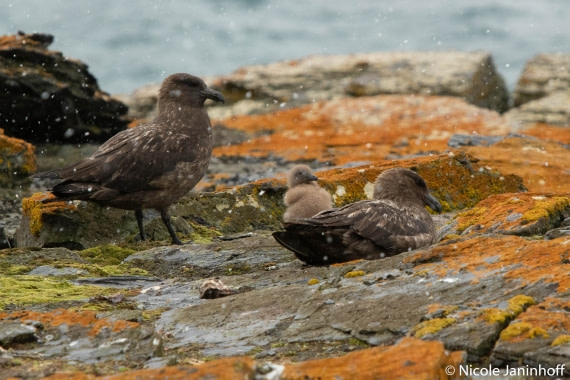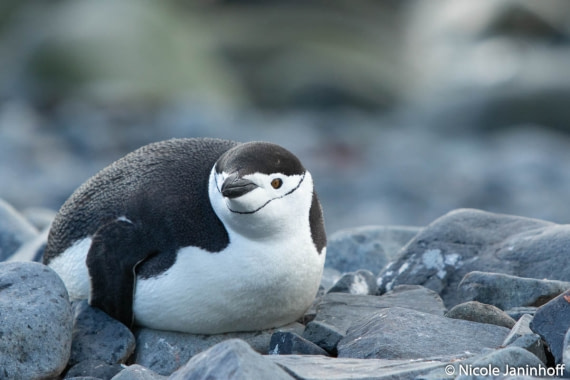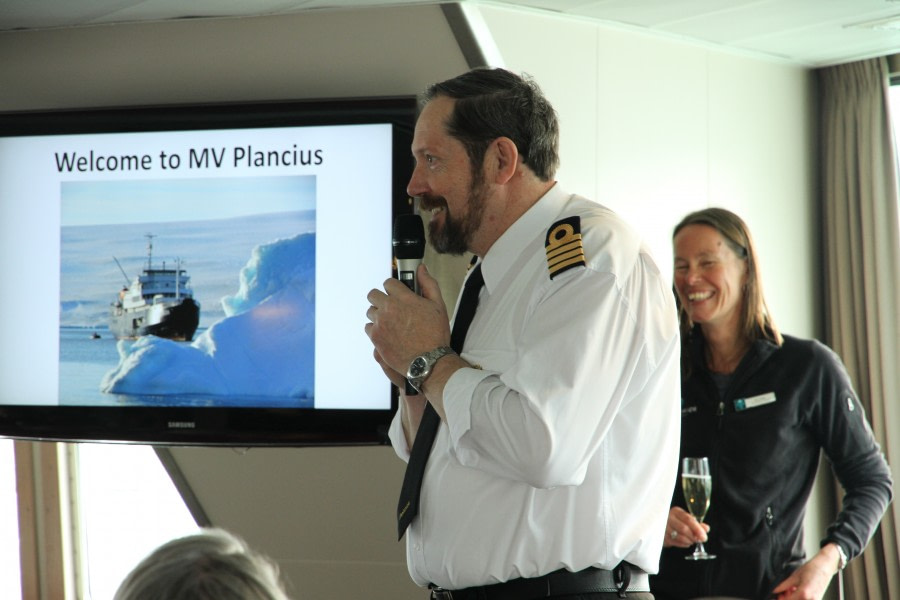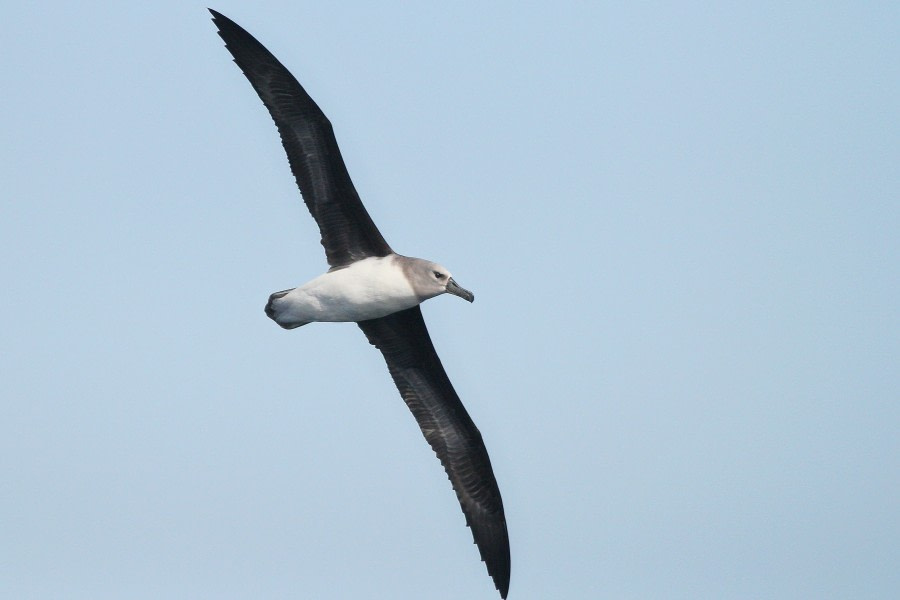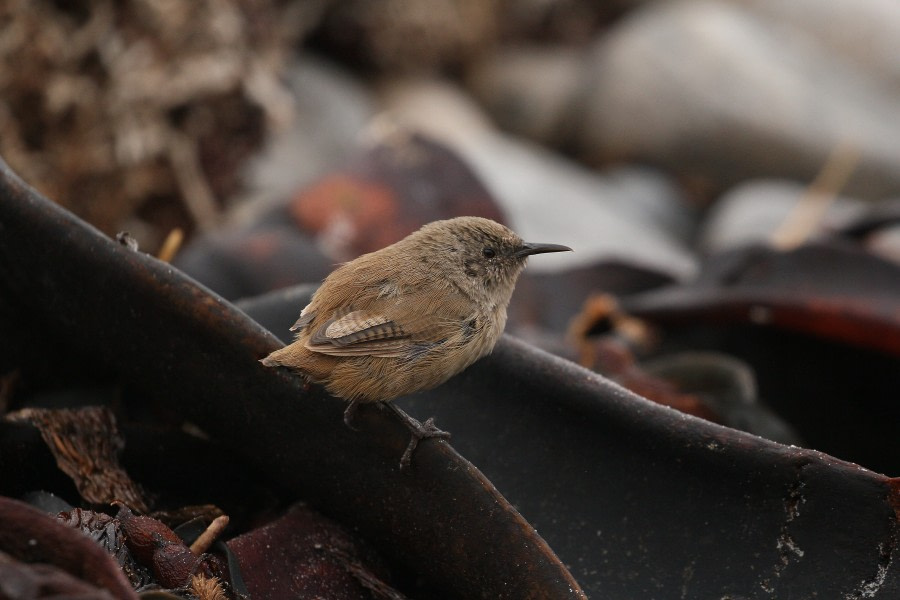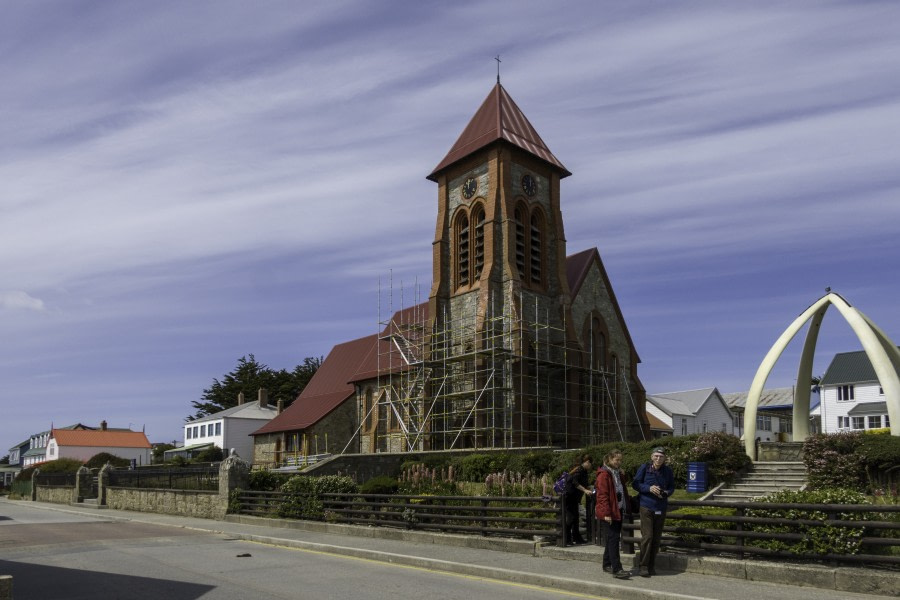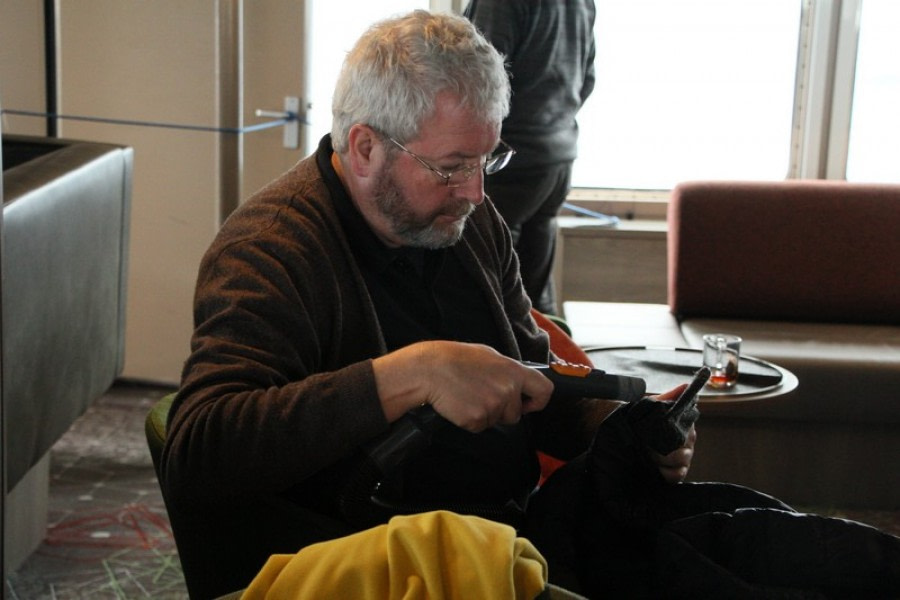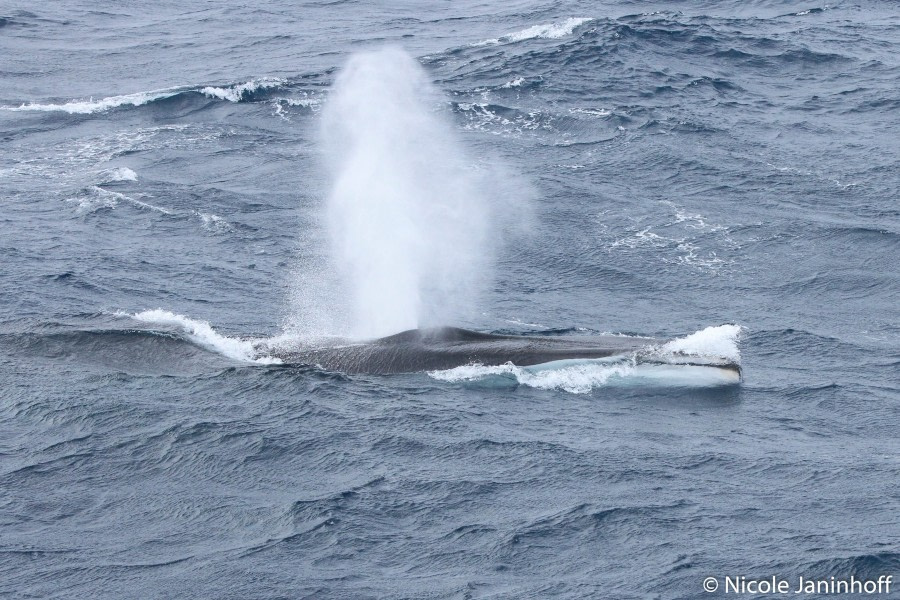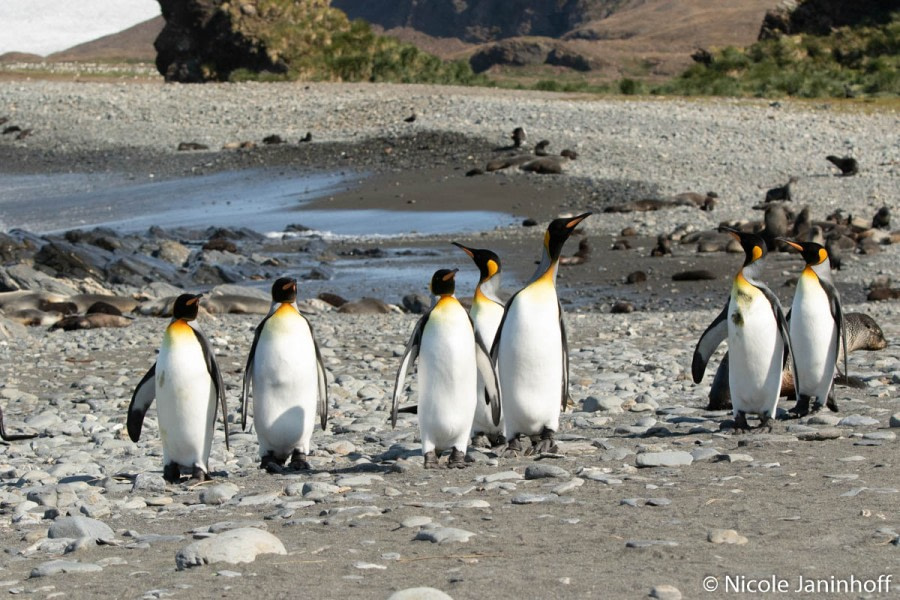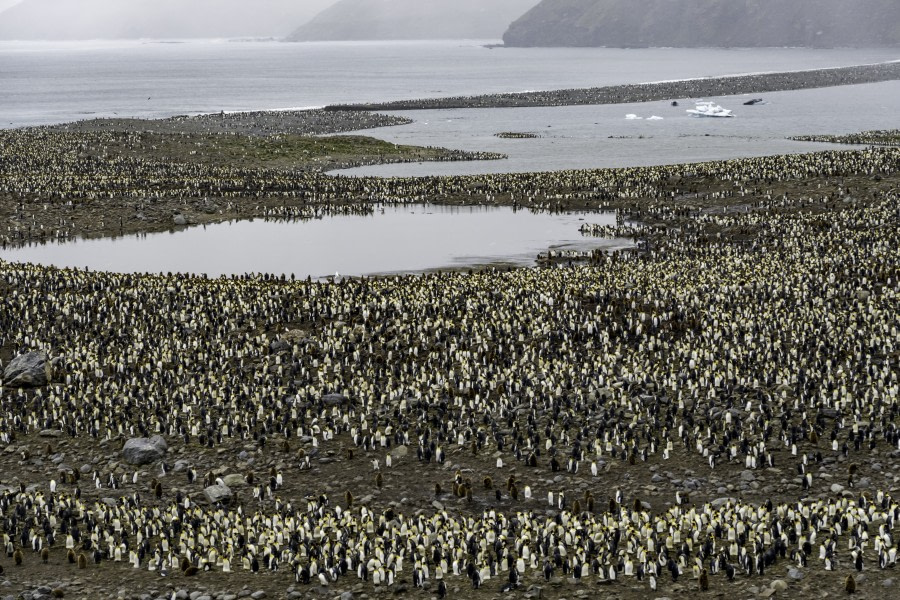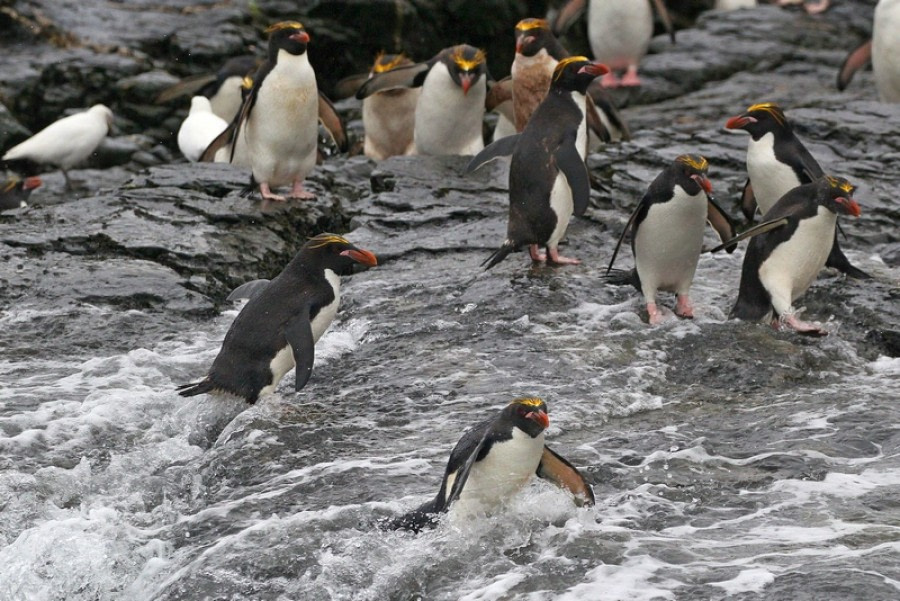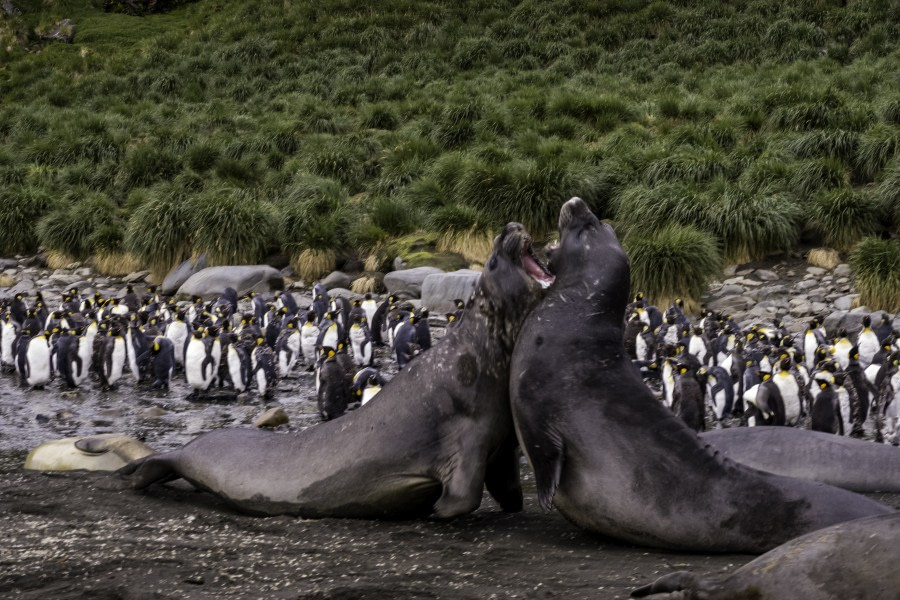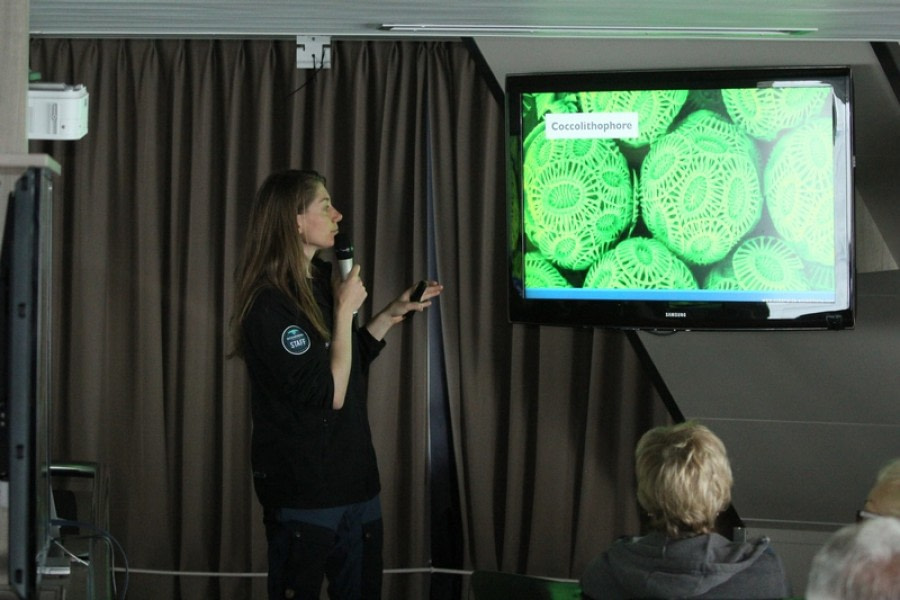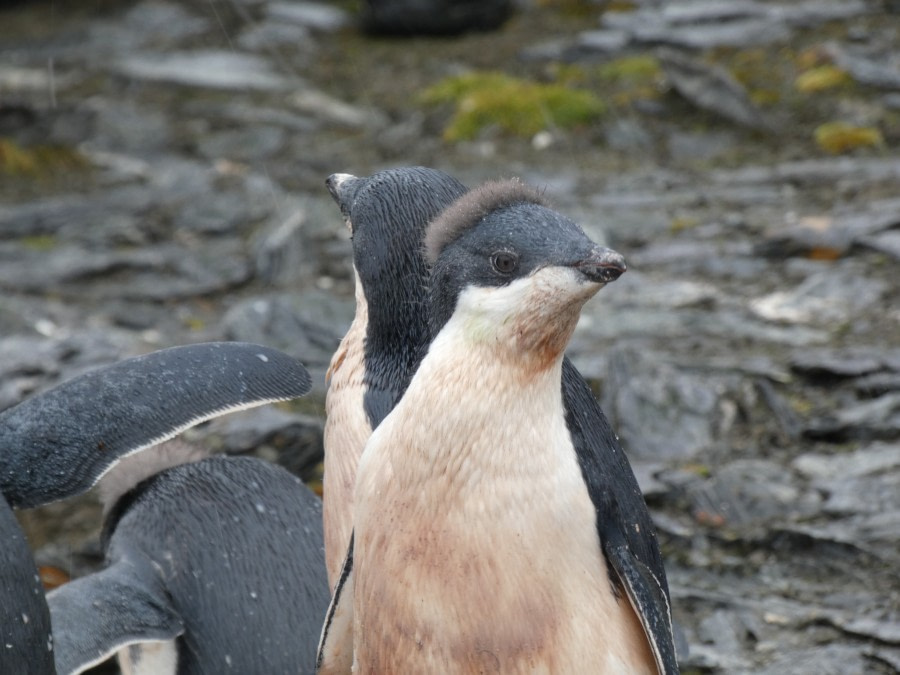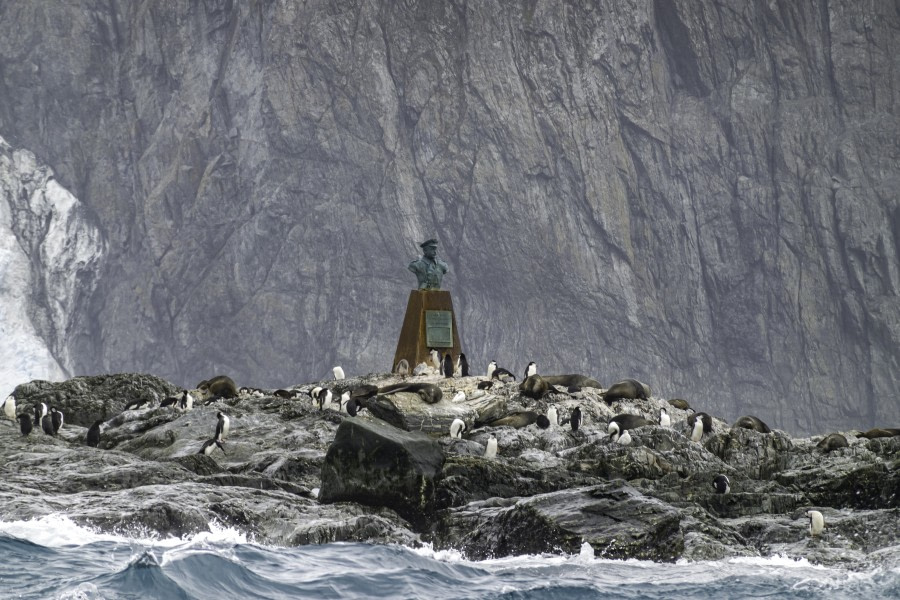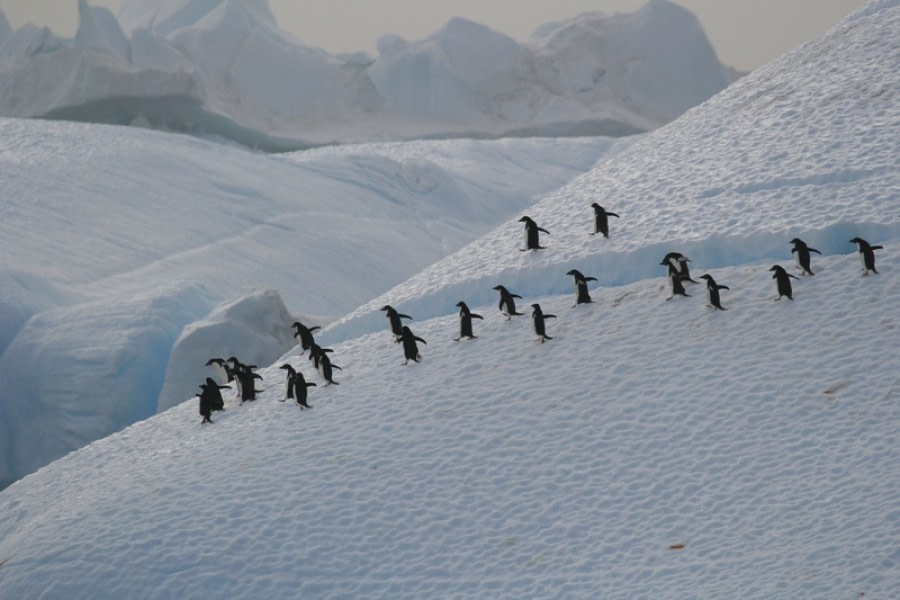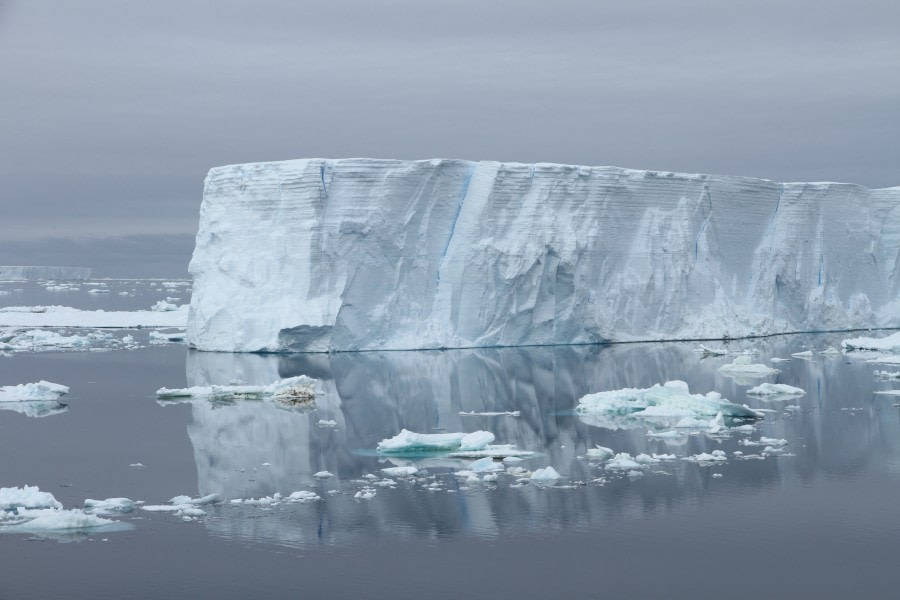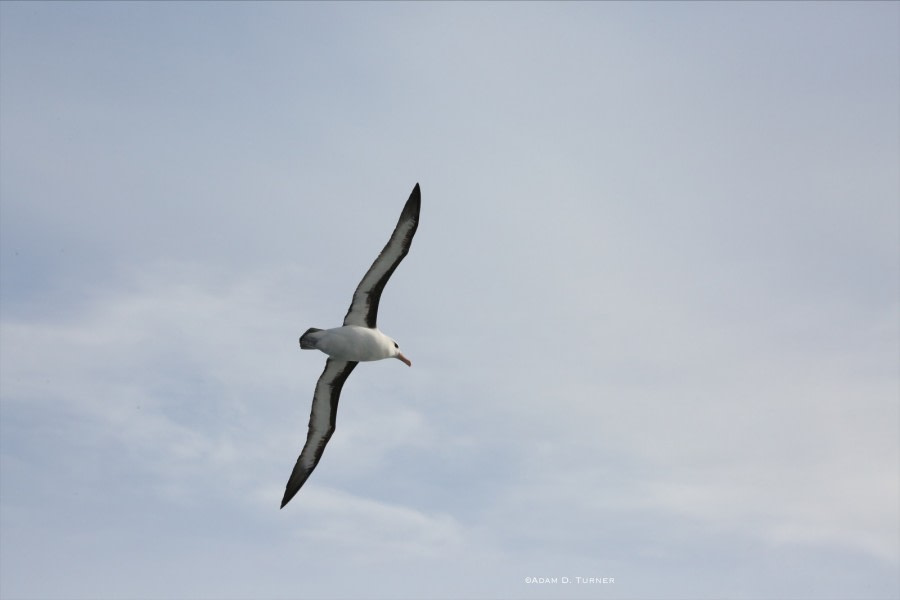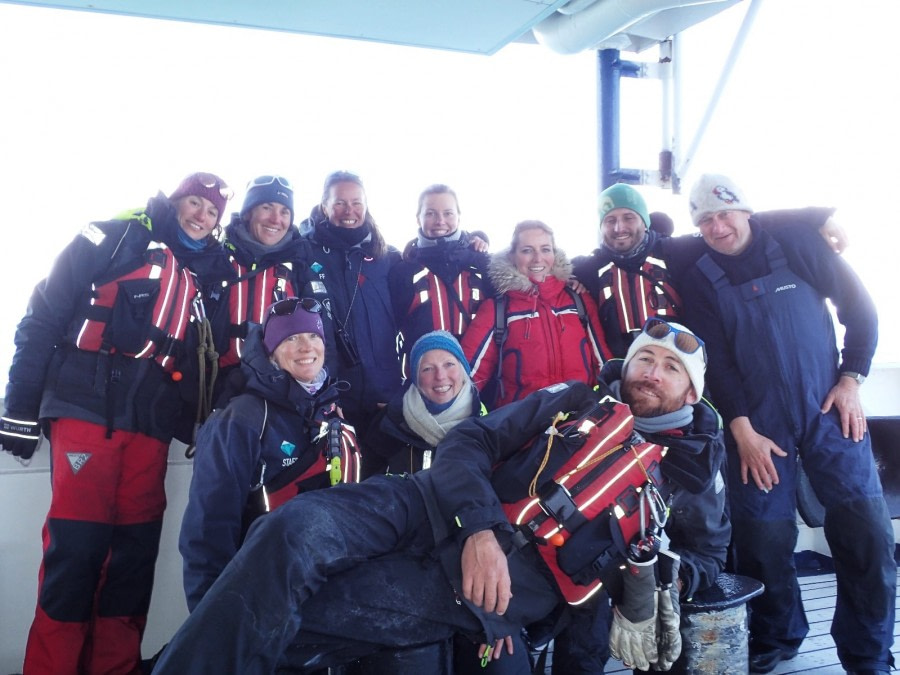| Date: | 19.01.2020 |
| Position: | Ushuaia Port |
| Wind: | WNW 6/7 |
| Weather: | Overcast |
| Air Temperature: | +12 |
We had spent days dreaming about our voyage to come, hours shopping, reading, preparing logistics, excitedly chatting with family, friends, colleagues and neighbours about our atypical trip choice, then spent hours, days, traveling by planes, cars, buses… Finally, we got our first glimpse of Plancius. She awaited us quietly amongst other expedition ships –smallest, but fiercest. Her bright blue hull contrasted with the grey waters of the Beagle channel, and we proudly boarded the ship, greeted by a warm “welcome onboard!” of crewmembers that took care of our luggage and showed us the way to our cabins. We readily started exploring the ship, striding along corridors and decks, excited like kids discovering a new playground. We rapidly found our way to the restaurant, the reception, the bridge, or the observatory lounge. We gathered in the latter for a mandatory security briefing given by our chief officer, François. Further, we complied to the drill, necessary simulation of the ship’s evacuation in case of an emergency. We then enjoyed a brief presentation of life onboard by our hotel manager Zsuzsanna, and were introduced to the ship’s captain, Evgeny Levakov, a tall Russian man who has been sailing polar regions for the past 25 years, and the expedition team. Our expedition leader Ali is from the UK. Before working onboard expedition ships, she used to be a schoolteacher and member of the conservation department in the Falkland Islands for 15 years! Michael, also from UK, is Ali’s assistant. He mainly works as diving guide and Polar guide. The rest of the team is composed of Andreas, glaciologist from Germany currently living in Norway, he will also be translating to German on this trip; Règis, French researcher and bird specialist; Johanne, oceanographer from Norway; Chloé, from France but based in Norway where she works as guide and diving instructor; Hélène, from Marseille, France, where she works with sea birds; Joselyn, a botanist and ecologist from the USA and Nicole, a landscape ecologist based in Germany and Netherlands. What an international team! All its members are “bipolar”: these passionate fellows, badly infected by the infamous polar virus, spend most of their time hopping from one pole to the other! After dinner Ninette, the ship’s doctor, was available in the Lounge to distribute sea sickness pills. Debates ensues: to take medicine, or not to take medicine? That is the question.
